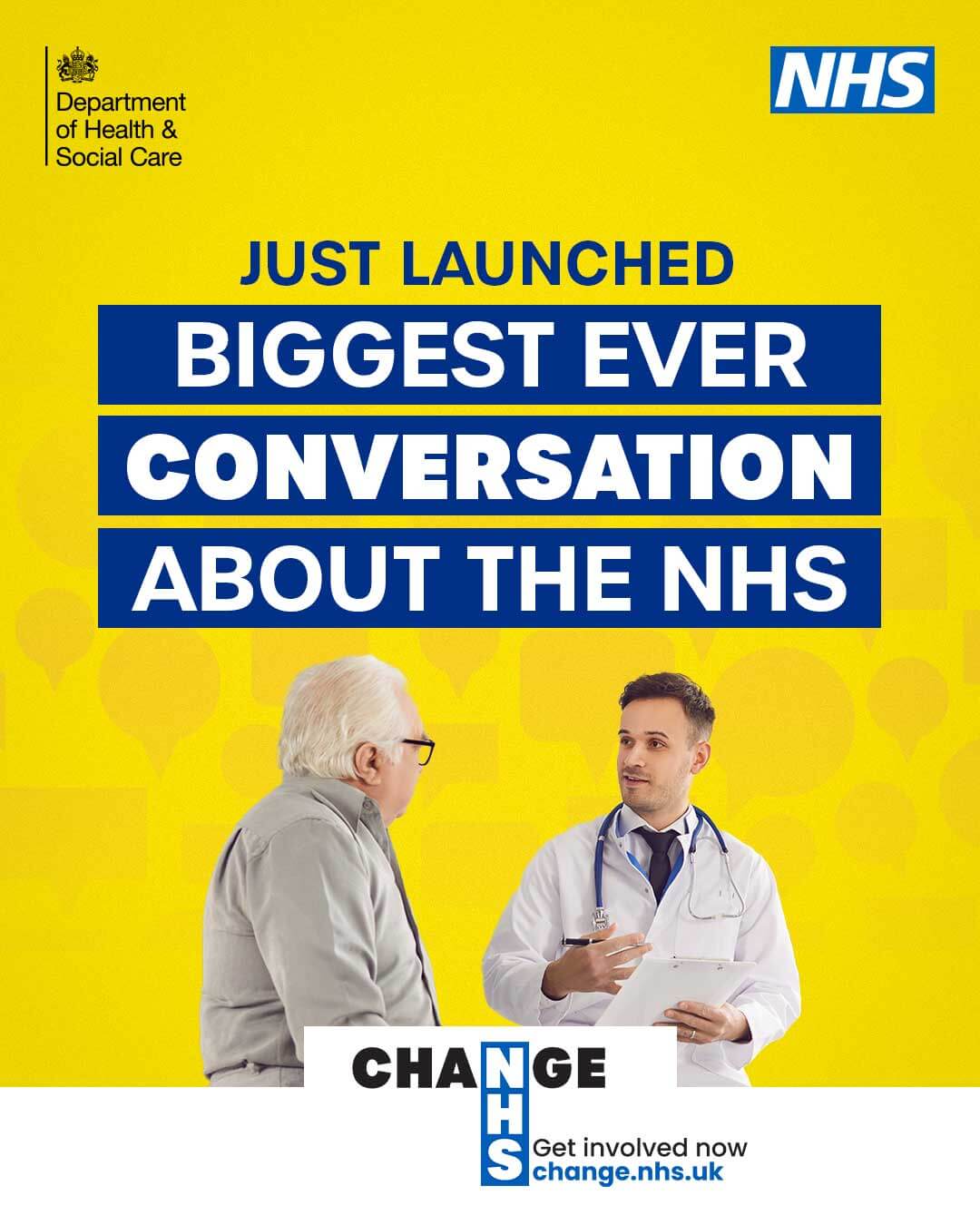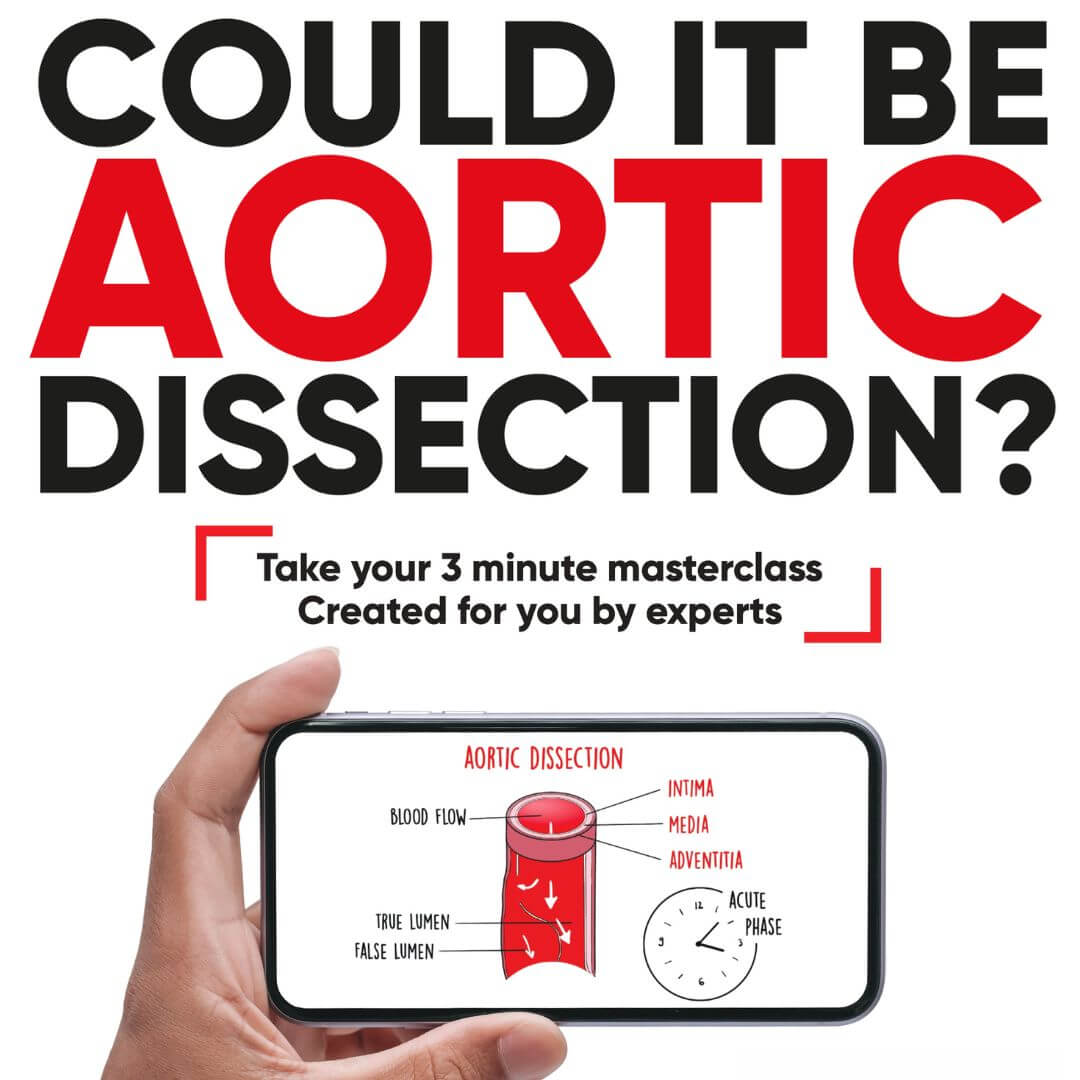For decades, the NHS has stood as a pillar of British society, providing healthcare free at the point of use. However, in recent years, the NHS has been facing an escalating crisis, struggling to meet the growing demands of an ageing population, rising chronic illness rates, and workforce challenges. Lord Darzi’s independent investigation into the NHS has laid bare the urgent need for fundamental, long-term reform to ensure the survival of this vital institution.
The government has recognised the need for change, launching a health mission that aims to modernise healthcare delivery. At the heart of these efforts are three major reform shifts: moving care closer to communities, digitising health records and services, and prioritising prevention over treatment. If successful, these reforms could alleviate hospital backlogs, improve patient outcomes and restore public confidence in the NHS.
A System Under Strain
The NHS’s biggest challenge today is its inability to provide timely access to care. As of September 2024, waiting lists for elective treatments had reached 7.6 million people in England, with more than 3 million waiting over 18 weeks. A&E departments are under severe strain, with 10% of patients waiting over 12 hours for treatment. GP appointments remain elusive for many.
Beyond these immediate pressures, a more dangerous problem is emerging: the nation’s overall health is deteriorating. People are living longer but spending more of their lives in poor health. The gap in healthy life expectancy between the richest and poorest is widening, and over 2.8 million people are out of work due to health conditions. This creates a vicious cycle where poor health contributes to poverty, which in turn exacerbates ill-health. If left unchecked, these issues will continue to burden both the healthcare system and the wider economy.

The Three Key Shifts in NHS Reform
1. Bringing Care Closer to Home
One of the most radical changes proposed is shifting care from hospitals to community-based services. The NHS plans to introduce a neighbourhood health service, which will provide more proactive and personalised care in local settings. This would ease the strain on hospitals by treating people earlier, closer to home, and reducing unnecessary admissions.
For those affected by conditions such as aortic dissection, which require rapid diagnosis and intervention, a more streamlined, community-based healthcare approach could mean quicker referrals and better long-term management. By integrating services across hospitals, GPs, and specialist units, the NHS can ensure that life-threatening conditions are detected and managed more efficiently.
2. Harnessing Technology for Better Care
Technology has the potential to transform healthcare delivery, making services more efficient and accessible. A key part of the NHS’s reform agenda is the creation of a single digital patient record, which will be accessible across different NHS services and owned by the patient. This shift will reduce duplication, improve communication between healthcare providers, and allow individuals greater control over their care.
The NHS app will also undergo significant improvements, providing better access to medical records, appointment bookings, and test results. This digitisation will not only improve efficiency but also empower patients to take a more active role in managing their health.
3. A Proactive Approach to Health
Perhaps the most ambitious shift in NHS strategy is a move towards prevention. Instead of focusing solely on treating illness, the government aims to prevent diseases before they occur. By tackling risk factors such as obesity, smoking, and high blood pressure, the NHS can reduce the burden of conditions like cancer, cardiovascular disease, and stroke.
TADCT has been actively involved in supporting this shift through its contribution to the NHS Prevent workstream. By advocating for earlier diagnosis and better management of conditions such as aortic dissection, we are helping to shape policies that focus on prevention rather than crisis response. Investing in public health education and community-based screening programmes could save lives and reduce long-term healthcare costs.
Gareth, Marfan Syndrome Patient
“I was lucky – but luck shouldn’t be the deciding factor in survival.”
A sudden, searing pain in his back – it felt like a sword cutting down his spine. He knew something was terribly wrong. An ambulance was called, but the initial assessments didn’t reveal the cause. Only after a CT scan did doctors uncover the true emergency: a massive aortic dissection.
Thanks to swift action and emergency surgery, he survived. But he knows that luck played too big a role in his story. Too many dissections are misdiagnosed, costing patients valuable time and, in some cases, their lives. If his doctors hadn’t insisted on further tests, the outcome could have been devastating.
Recovery was slow. Just walking a few steps was exhausting. But beyond the physical struggle, the greatest challenge was the lack of guidance on rehabilitation and long-term care. His experience highlights the urgent need for faster diagnosis, increased awareness among medical professionals and structured post-surgical support.
The NHS reforms aiming to shift care closer to communities, improve digital record-keeping, and prioritise prevention must include conditions like aortic dissection. Early detection and coordinated aftercare shouldn’t be a matter of chance – they should be the standard.
Ending Hospital Backlogs
One of the government’s key milestones in reforming the NHS is bringing waiting lists under control. By the end of this parliamentary term, the aim is to ensure that 92% of patients receive consultant-led treatment within 18 weeks of referral. To achieve this, the NHS is expanding surgical capacity, increasing diagnostic testing in community settings, and embracing technological innovations to streamline care pathways.
The Autumn Budget 2024 allocated funding for 2 million additional NHS operations, scans, and appointments per year, helping to clear backlogs. However, financial investment alone is not enough – system-wide reform is essential to make these changes sustainable.
Strengthening Public and Patient Involvement
As the NHS embarks on this journey, patients and the public must be at the heart of decision-making. The charity has been actively working with the NHS to enhance its Public and Patient Involvement (PPI) processes, ensuring that the voices of patients and families are heard when shaping healthcare policies.
We have championed best practices in co-production, encouraging the NHS to involve patients in designing services that truly meet their needs. By building on our experience with aortic dissection advocacy, we are helping to create a model where patients are not just recipients of care but active partners in shaping its future.
A Sustainable Future for the NHS
The reforms outlined by Lord Darzi and the government offer a path towards a more responsive, efficient, and patient-centred healthcare system. By shifting care closer to communities, embracing digital innovation, and prioritising prevention, the NHS can evolve to meet the demands of the 21st century.
However, these changes must be implemented carefully and in partnership with the public. As a charity deeply invested in improving patient outcomes, we will continue to work alongside the NHS, advocating for policies that put patients first and ensure that lifesaving care remains accessible to all.
If we get this right, we can look back with pride, knowing that we played a part in securing its future for generations to come.




